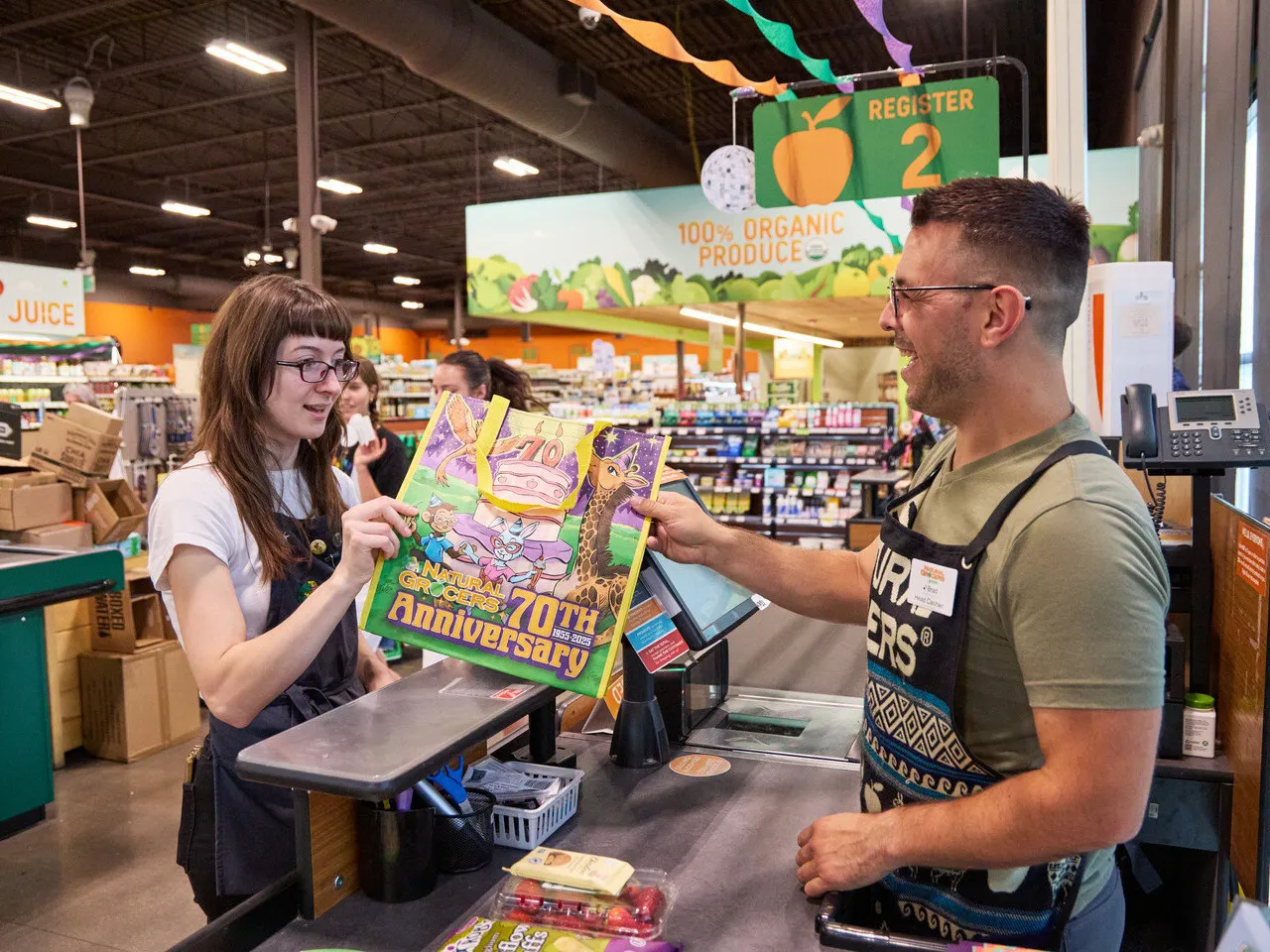There are plenty of studies out there that projected flat growth of grocery e-commerce sales over the past 12 to 18 months. Looking at this data only on the surface, one could easily and incorrectly assume that “there is nothing there” when it comes to the impact or importance of e-commerce in the food channel.
In fact, many retailers tout e-commerce as a beacon of light when it comes to growing market share — the primary tactic that empowers their entire growth strategy. As an example, it was reported in June 2024 that Kroger is seeing much higher growth than the national averages. Kroger’s “digital sales grew more than 8% during the quarter, and Kroger’s delivery and pickup business combined for double-digit growth.”
So, which is it? Are there digital sales out there to be had? The answer is unequivocally “yes.”
That said, the more aggressive, better equipped retailers are making big gains in market share, while many other retailers are simply not focused on acute specific e-commerce tactics and are slowly losing market share, creating a classic case of the “haves and have nots.”
Grocery e-commerce sales will increase at a compound annual growth rate of 4.5% over the next five years, which is more than three times faster than the 1.3% rate forecasted for in-store grocery sales, Brick Meets Click predicted in its U.S. eGrocery Sales Forecast: 2024-28. These numbers clearly show that avoiding or even worse, dismissing e-commerce as a top tactic in strategic planning is a major misstep.
Further, digital grocery sales are expected to account for 19.0% of U.S. e-commerce sales in 2026, surpassing apparel and accessories as the largest e-commerce category, according to the EMarketer article “The Rise of Grocery Brings a Fundamental Shift in the E-commerce Landscape.”
While it always helps to have a seemingly endless supply of capital to invest in gaining market share — yes, some of the largest retailers just might have this — executing on fundamentals can and should be job No. 1. Fundamentals in this context mean not a “checkbox approach” of deploying a simple e-commerce site. Fundamentals mean offering convenient elements that address the specific needs of the shoppers, like SEO design; connecting the online experience to the in-store experience; profile-based cross-selling; SNAP availability; effective and targeted use of AI; a properly balanced product catalog; deep POS and other data integrations for efficiency; a clear, intuitive shopping experience; and, most importantly, a highly measured set of campaigns focused on Market PAU (Penetration, Activation and Increased Usage).
The “If you build it, they will come” mentality simply does not work. Yes, retailers must build/offer a robust digital experience the drives sales and affinity, however it does them no good if they are not actively driving traffic to their e-commerce property with a clear call to action matched with a compelling offer. Further, this message cannot be monthly or even weekly, but needs to be three to five times a week in the form of mobile alerts, email drip campaigns, off-property promotion and relevant offers on property. Every retailer has a great story to be told and should do exactly that — tell their story.
Additionally, technology investments shouldn’t be focused only on driving new sales. Those sales will not return if there is not a memorable experience to accompany it. The best technology solutions provide staff with the tools for better customer care, while reducing the possibility of errors and the time required to deliver that successful customer experience. All of these factors play into that memorable customer experience and thus help ensure that the shopper returns to purchase with you again. Maybe they even spread the word to their friends and family.
Beyond the addition of key initiatives, retailers must remain cautious about chasing every shiny object that Walmart, Kroger and Amazon are testing. Larger retailers have significantly more capital to burn on a 12-month test than most retailers can spend in total. Avoiding certain pitfalls is just as important as executing on the proper tactic. A perfect example of this is Scan and Go — a technology derived as an extension of Self Check Out and the notion of saving labor, while adding convenience. Since its inception there have been mixed reviews, but what has not been clear is the return on investment or lack thereof. For some retailers, and perhaps only at specific store locations, this may make sense today. It is, however, a negative ROI for most retailers and harms the customer experience at checkout. That customer experience is what the brand of many independent retailers is built upon and not something to simply cast aside.
The online grocery marketplace is more crowded than ever, forcing grocers to innovate their business model to expertly serve the digital consumer. Those that can reimagine fulfillment and last-mile delivery options and adopt open infrastructures that support frictionless — and new — experiences are positioned to reshape the future of online grocery — and emerge as leaders in the category.
Patrick Hughes is chief executive officer of eGrowcery.






